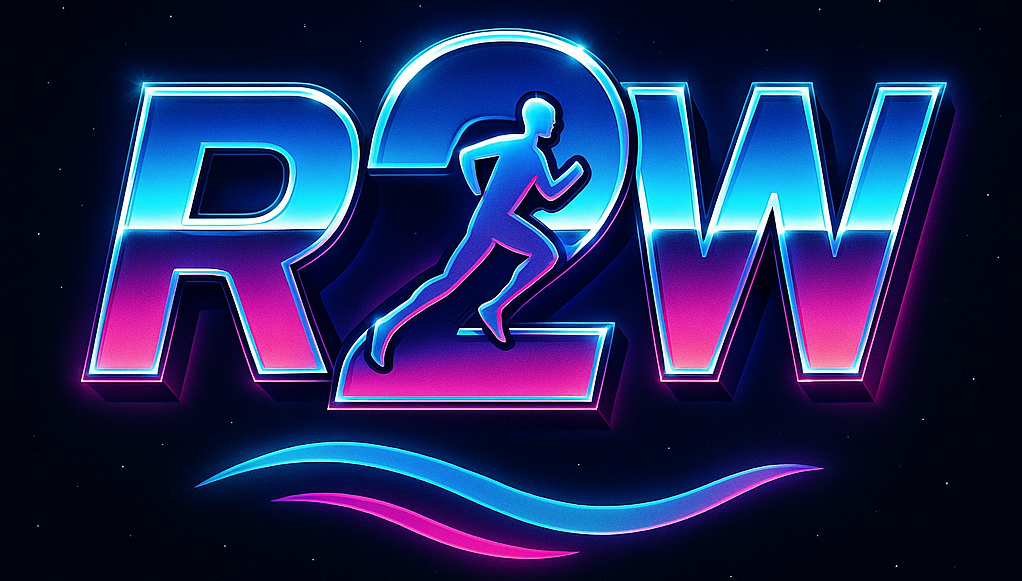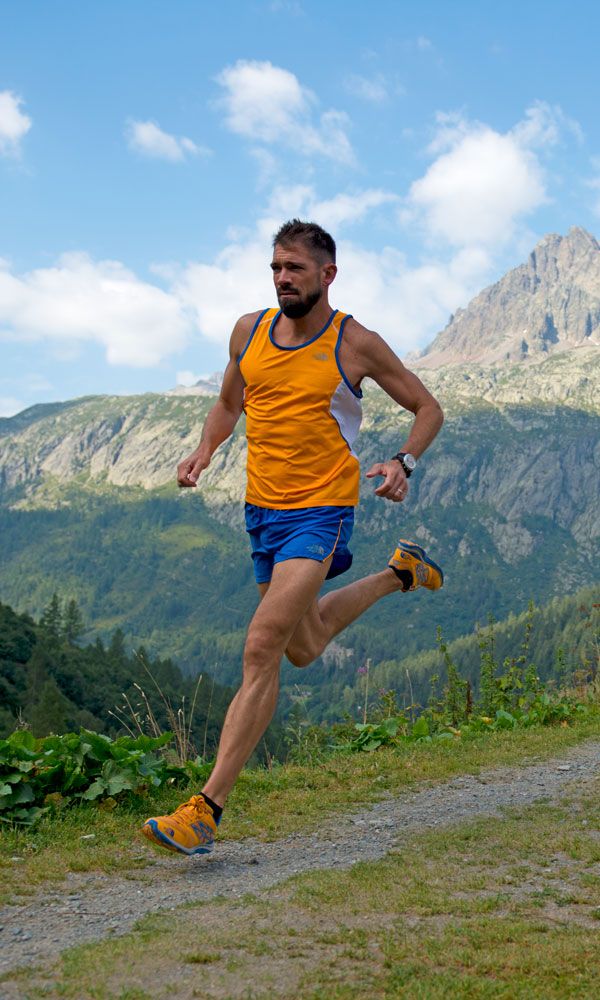Anxiety isn’t just that nagging worry; it’s a full-body experience that can mess with both your mind and body. When anxiety grips, everything feels heavier, doesn’t it? That’s where the crazy, wonderful impact of running comes into play.
Human history is jam-packed with stories of movement as a remedy. Scientists have dug into how physical activity can seriously lighten the load of stress hanging over us. Whether it’s chasing after something, or just running for the fun of it, getting those legs moving can alter our mood for the better.
Running stands on this unique intersection of physical and mental health. Imagine unlocking not just your muscles but also the tight knots of your mind. Ever heard of that runner’s high? There’s more to it than a burst of energy—it’s a clear-headed, liberated, feeling that goes far beyond just feeling fit.
Movements, especially rhythmic ones like running, are like a mini escape. It’s about freeing yourself in both mind and body. For many, running has become this effortless therapy that doesn’t require lying on a couch. It’s about that liberation achieved one step at a time, inching away from the shackles of anxiety.
The Science Behind Running and Anxiety Reduction
Ever felt like you can tackle anything after a good run? That’s your brain flooded with endorphins, those magical mood boosters. Running releases these chemicals which act like pain relievers and happiness pills rolled into one.
Then there’s serotonin and dopamine, both superheroes in the brain chemistry world when it comes to mood regulation. These guys get a serious boost when you’re clocking miles, helping you feel more balanced and, dare I say, content.
Now, let’s chat about cortisol. This stress hormone can throw your day entirely out of whack. A regular running routine helps lower these levels, so even when life’s throwing curveballs, you aren’t thrown off course.
Running also sparks neurogenesis, which is a fancy way of saying it helps your brain grow new cells and connections. This boosts cognitive flexibility, making you better at handling stress and more resilient to anxiety. It’s like giving your brain a workout alongside your body.
Real-life Stories: Running as a Tool for Empowerment
It’s one thing to know the science, but real stories bring it to life. Take Sarah. She used to feel stuck in a loop of constant worry. Running became her escape and empowerment, adding clarity and confidence with each step.
Across the globe, there are communities where running is more than exercise—it’s support and camaraderie. People come for the run but stay for the real connections, leaving with lighter hearts.
Mike shared how his regular morning runs transformed his sense of control over anxiety, positively impacting his personal life and work. The sense of achievement from finishing a run became a metaphor for tackling daily challenges.
These stories of turning anxiety into triumph highlight that mental liberation isn’t about running away but running towards a healthier, balanced self. Such personal journeys prove that the rhythm of your feet can guide you toward mental freedom.
Practical Tips for Incorporating Running into Your Lifestyle
Starting small is key, especially if running is new to you. Set simple goals like a short jog around the block. Motivation grows with each small win.
Discover the best time to run, fitting it into your lifestyle as naturally as your morning coffee. Find your rhythm, whether it’s sunrise or under the stars.
Creating routines that stick is crucial. Mix up your routes and playlists to keep things fresh and fun. Variety keeps you coming back for more.
Mindfulness can turn running into moving meditation. Focus on breathing, the scenery, or even the rhythm of your feet hitting the ground.
Consider joining a local running group or connecting with others online. Communities offer both motivation and a sense of belonging, making the journey less lonely.
Running shouldn’t feel like a chore. It’s your personal time, so adapt the pace, distance, and environment to suit your mood and energy levels.

